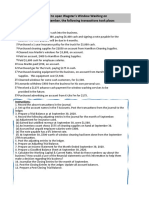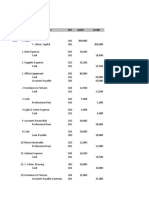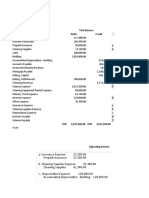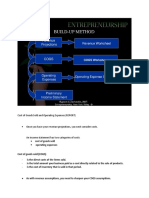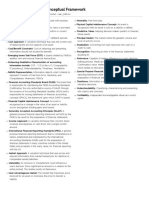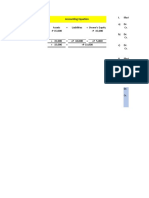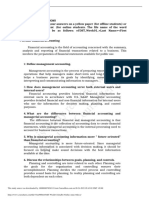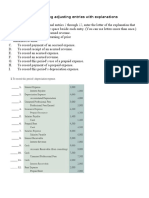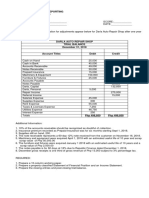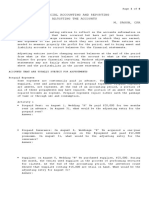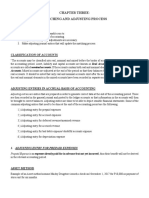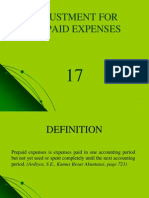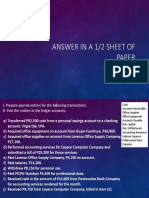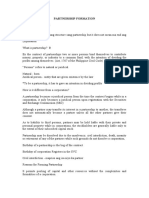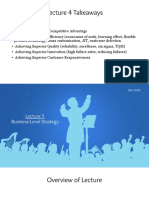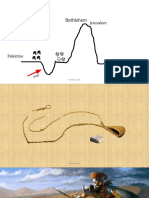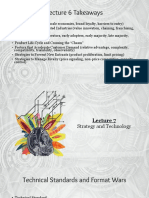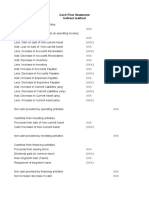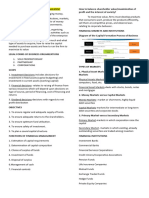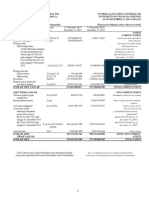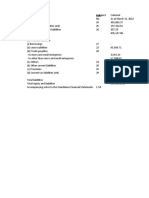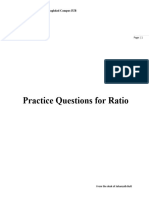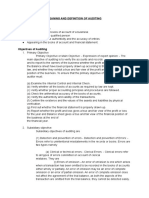100% found this document useful (3 votes)
1K views16 pagesACT Assignment Full
The document contains accounting transactions for Anna Car Repairing Shop for the month of January 2018. It includes journal entries recording transactions, ledger accounts for various accounts, a trial balance on January 31st, an income statement for the month, and a balance sheet on January 31st. The document provides the financial records and statements for Anna Car Repairing Shop for the month.
Uploaded by
sadif sayeedCopyright
© © All Rights Reserved
We take content rights seriously. If you suspect this is your content, claim it here.
Available Formats
Download as PDF, TXT or read online on Scribd
100% found this document useful (3 votes)
1K views16 pagesACT Assignment Full
The document contains accounting transactions for Anna Car Repairing Shop for the month of January 2018. It includes journal entries recording transactions, ledger accounts for various accounts, a trial balance on January 31st, an income statement for the month, and a balance sheet on January 31st. The document provides the financial records and statements for Anna Car Repairing Shop for the month.
Uploaded by
sadif sayeedCopyright
© © All Rights Reserved
We take content rights seriously. If you suspect this is your content, claim it here.
Available Formats
Download as PDF, TXT or read online on Scribd
/ 16
